1. An Overly Rigid Schedule
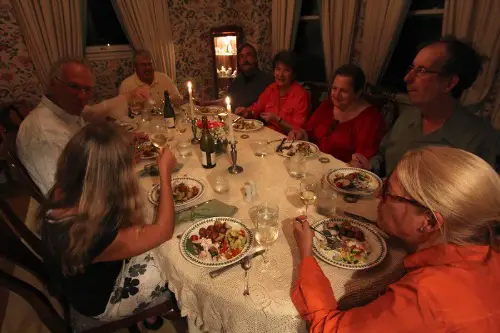
When the evening runs on a tight itinerary—cocktails at 6:00, starters at 6:30, games at 8:00—it can feel more like a theater production than a gathering. Guests may sense they’re being shuffled between acts, rather than allowed to relax and connect naturally. While structure can be helpful, over-orchestration leaves little room for spontaneity. The energy becomes managed instead of shared.
Consider a loose flow that lets conversation set the pace. Prep what you can ahead of time, then let guests linger where they’re happiest. Flexibility fosters comfort, while precision can stifle it. A good party unfolds—not ticks boxes.
2. Perfectly Styled Plates with Zero Mess
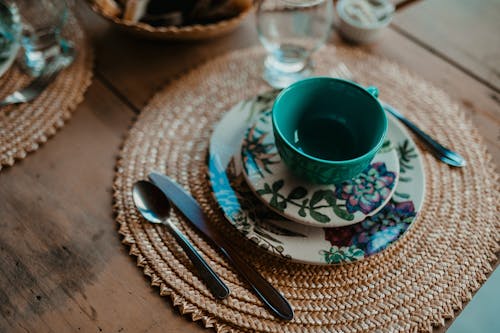
When every dish looks straight out of a magazine—immaculately plated with tweezers—it can intimidate guests rather than delight them. If they’re scared to touch the appetizer because it feels like sculpture, your dinner has crossed into performance art. Food should bring joy, not nerves. Perfection doesn’t equal warmth.
Add texture, color, and imperfection that reflect care, not choreography. Shared platters or build-your-own elements make people feel more at home. The best meals are delicious and generous, not flawless. Hospitality is a feeling—not a photo.
3. Music That Overpowers the Room
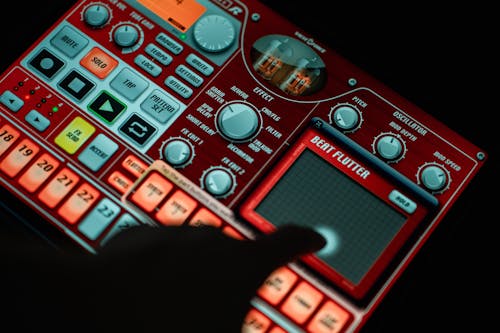
Soundtracks that boom or loop too perfectly can make guests feel like they’re entering a branded experience instead of a personal one. If the playlist feels preloaded to match a Pinterest aesthetic, it might miss the human tone. Music sets the mood—but when it dominates, it can drown out actual connection. It’s ambiance becoming intrusion.
Keep volume low enough for layered conversation, and choose songs that invite comfort over cool. Let transitions feel organic rather than cinematic. Even occasional silence between tracks can be grounding. The best parties breathe, not broadcast.
4. Uniform Table Settings for Maximum Impact
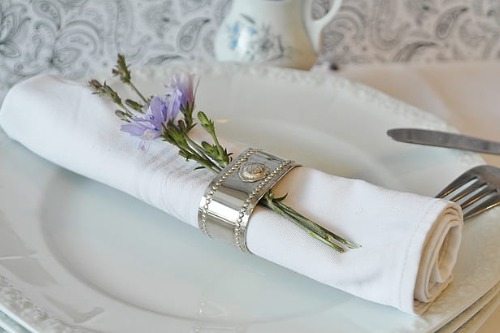
Matching place cards, napkin rings, and symmetrical centerpieces often feel more showroom than intimate. While it photographs beautifully, it can make guests hesitant to touch anything or rearrange for ease. It signals curation over interaction. If the table feels untouchable, so does the experience.
Choose thoughtful styling that allows function to lead—mix textures, leave space, and let items feel lived-in. Mismatched dishes or layered glassware add charm without fuss. A good table doesn’t demand admiration—it invites movement. Design should facilitate not dictate.
5. Host Hovering Instead of Participating

If the host is constantly checking timers, refilling glasses, or bouncing between duties, guests may feel like an audience to their hustle. Instead of joining the conversation, the host is performing efficiency. Guests appreciate care—but they also want connection. When the host stays behind the curtain, the warmth gets lost.
Prep ahead so you can be present, not just productive. Accept help or delegate casually—team hosting builds community. Being with your guests is the true centerpiece of the evening. Engagement beats execution every time.
6. Overabundance of Signature Touches

Custom drink menus, personalized favors, themed decor—it can be impressive, but also overwhelming. If everything carries a branded stamp, guests may feel they’re attending a showcase rather than an evening with friends. Thoughtful details can become distracting when too curated. It turns dinner into display.
Pick one or two signature flourishes that feel genuine, not obligatory. Let conversations and energy fill the rest. A personal touch should enhance, not dominate. Authenticity always outshines aesthetic excess.
7. Instagram-Ready Lighting and Styling
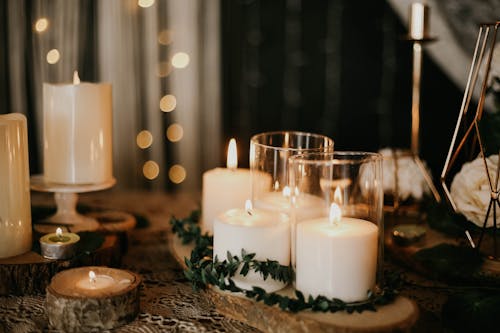
Soft glows, candle clusters, and backlit centerpieces look magical—but when they feel camera-first, guests may sense performance over presence. If the room seems designed more for portraits than people, connection takes a back seat. Photogenic doesn’t automatically mean inviting. Real warmth is tactile, not pixelated.
Use lighting to soften mood, not spotlight perfection. Skip dramatic uplighting for candles you actually light. Choose atmosphere that flatters humans, not just content. A cozy moment rarely comes with a ring light.
8. Food That’s Too Thematic or High Concept
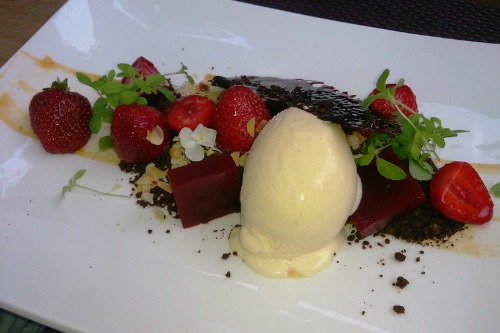
Courses that follow a rigid theme—like “around the world in five bites” or “avant-garde deconstruction”—can feel more like a tasting menu than a shared meal. It may impress, but can also alienate guests unfamiliar with the concept. When food is an idea before it’s nourishment, the experience becomes curated rather than communal. Enjoyment gets replaced by expectation.
Offer food that encourages generosity and second helpings. A simple pasta made well lands better than a course that needs explanation. Culinary performance is exciting—but connection feeds people. Cook for memory, not applause.
9. Social Rituals That Feel Scripted

Toasts, introductions, icebreakers—they can be lovely, but when rigidly planned, they put guests on edge. If people feel they’re being queued to speak or perform, comfort slips away. Not everyone thrives under spotlight, especially in informal settings. Connection should be natural, not orchestrated.
Offer invitations, not instructions—suggest a story, don’t demand one. Let emotional flow guide when and how people open up. A genuine compliment lands better than a rehearsed toast. Social magic lives in the unscripted moment.
10. Spaces Too Pristine to Relax In
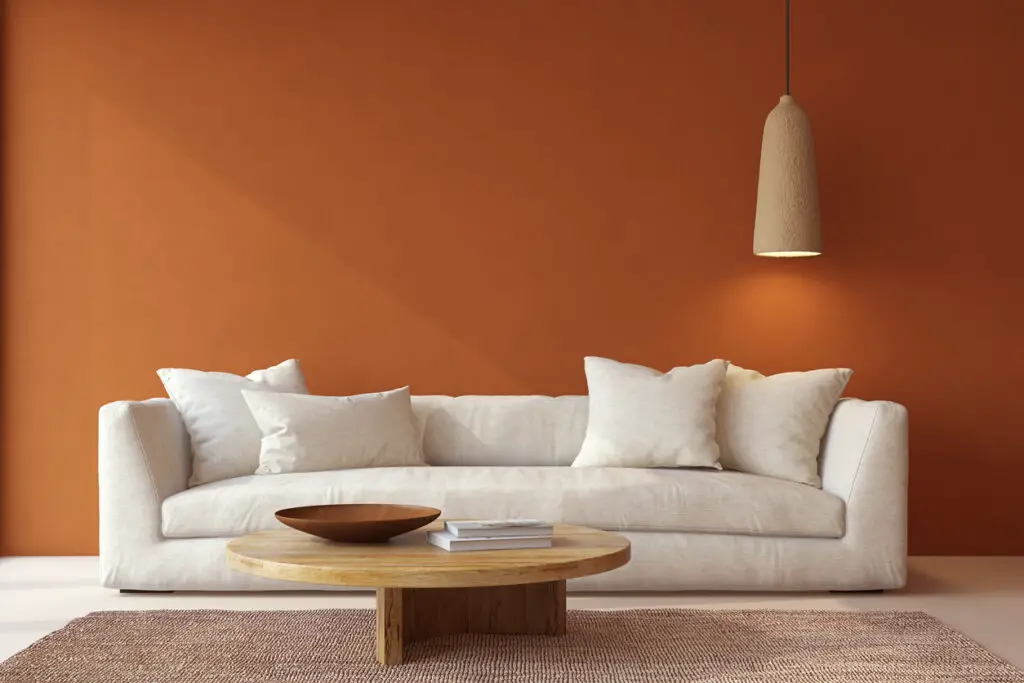
Immaculate rooms with spotless surfaces and delicate decor can look stunning—but they often discourage movement. Guests may feel afraid to settle, put down a glass, or kick off shoes. If your home whispers “don’t touch,” it’s hard to feel welcome. Design without approachability can create distance.
Warm up your space with soft textures, casual clutter, or a few signs of life. A cozy throw, open book, or slightly crooked cushion can say “you belong.” Let the space breathe with use, not just beauty. The best parties feel like a hug—not a showroom.
This post 10 Things That Make Your Dinner Party Feel Like a Performance was first published on Greenhouse Black.
